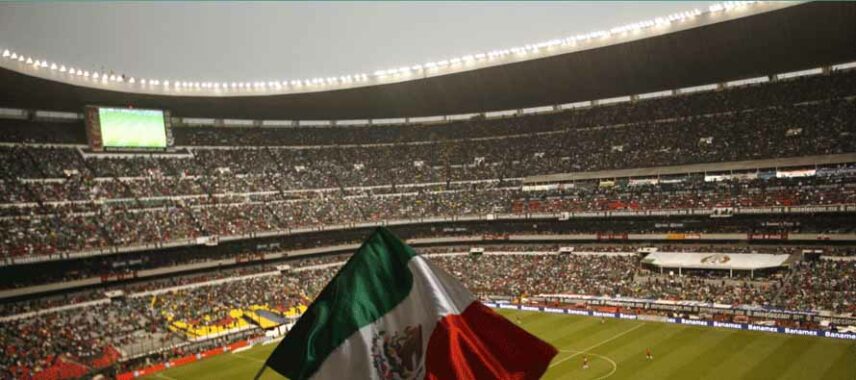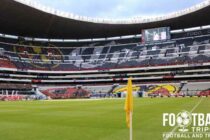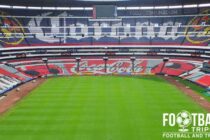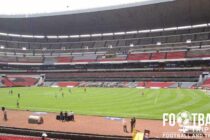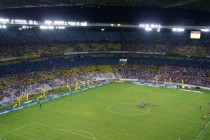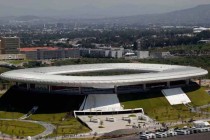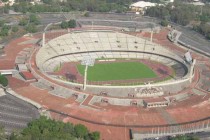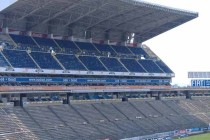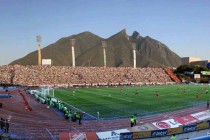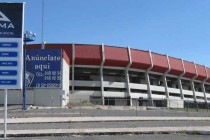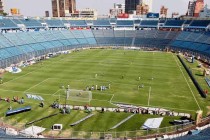Estadio Azteca known as El Coloso de Santa Úrsula is a giant 105,000 capacity football stadium located in Mexico City, Mexico. The 6th largest in the world, The Aztec Stadium is home of Liga MX side Club de Fútbol América as well as the national team of Mexico.
América Stadium Guide
Stadium Facts
| Overview | |
|---|---|
| Team: | América |
| Opened: | 1966 |
| Capacity: | 105,064 |
| Address: | Mexico City |
Estadio Azteca History
Estadio Azteca has become one of the most famous footballing venues in the world since first opening on 29th May 1966 with the inaugural match between resident side Club América and Torino F.C. A few months later a modern lighting system was installed and a game was held between Valencia CF and Necaxa.
Designed as the principal venue for the 1968 Summer Olympics, it is perhaps more famous for having hosted two World Cup Finals, and for being the second largest football stadium in the world after Barcelona’s Nou Camp.
The first final was for the 1970 World Cup and saw Brazil defeat Italy 4-1, and the second was in 1986 between Argentina and West Germany, with La albiceleste triumphing 3-2. Colombia were originally elected as hosts by FIFA but were forced to pull out due to economic reasons.
Although having hosted two World Cup Finals is history enough in itself, Estadio Azteca holds the distinction of seeing two of the World’s greatest players lift the Jules Rimet Trophy in their prime. Firstly Pelé did it with Brazil, and then Napoli’s own Diego Maradona lifted the trophy with Argentina.
For a short period in the late 1990s the stadium was renamed to Guillermo Cañedo after it was purchased by the TV Consortium, Televisa. The move was taken to dissociate their investment from rival channel TV Azteca, however it was exceptionally unpopular with the country’s population and the original name was restored a few years later.
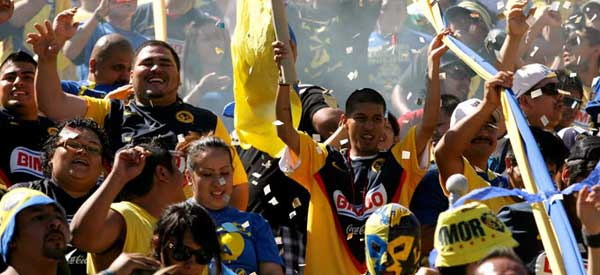
View of Estadio Azteca
Stand Photos
Matchday Experience
América Club Shop
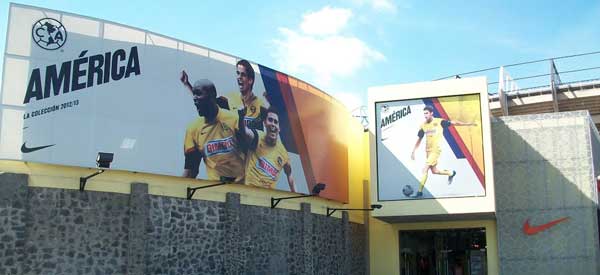
América Club Shop
How to get to Estadio Azteca
Where is Estadio Azteca?
Frequently Asked Questions
Who plays at Estadio Azteca?
Mexican side América play their home matches at Estadio Azteca.
What is the capacity of Estadio Azteca?
As of 2024 Estadio Azteca has an official seating capacity of 105,064 for Football matches.
When was Estadio Azteca opened?
Estadio Azteca officially opened in 1966 and is home to América
Are there any Covid restrictions at the stadium?
Covid Restrictions may be in place when you visit Estadio Azteca in 2024. Please visit the official website of América for full information on changes due to the Coronavirus.

